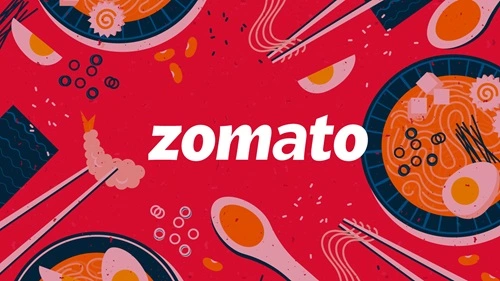Zomato, founded in 2008, has grown to become one of the leading food delivery platforms globally, offering a wide range of services from restaurant discovery to online food ordering. With its presence in over 25 countries and more than 1.5 million restaurant listings, Zomato has revolutionized the way people dine and order food online. As the company continues to expand and adapt to changing market dynamics, understanding its Strengths, Weaknesses, Opportunities, and Threats (SWOT) in 2024 is crucial for stakeholders and potential investors.
Zomato Company Overview

Zomato began as a restaurant review platform but quickly evolved into a comprehensive food-tech company, offering various services such as online food delivery, dining out, and even grocery delivery through Blinkit, its quick commerce arm. As of 2023, Zomato reported significant growth in revenue, driven by increased customer acquisition and a diversified business model. However, the company faces stiff competition from rivals like Swiggy and new entrants like ONDC (Open Network for Digital Commerce), backed by the Indian government.
Strengths
1. Strong Brand Recognition: Zomato enjoys high brand visibility and customer loyalty, thanks to its innovative marketing strategies and user-friendly interface. The company has won several accolades, boosting its reputation as a trusted food delivery platform.
2. Global Presence: Operating in over 25 countries, Zomato has established itself as a global brand, partnering with a vast network of restaurants. This extensive reach allows the company to cater to a diverse customer base and tap into various markets.
3. Diverse Service Offerings: Zomato’s business model includes not only food delivery but also restaurant discovery, table reservations, and grocery delivery through Blinkit. This diversification helps the company mitigate risks associated with relying on a single revenue stream.
4. Technological Advancements: Zomato has leveraged technology to enhance its operations, from AI-driven recommendations to a seamless user interface. The company’s robust technology infrastructure supports millions of transactions daily, providing a competitive edge.
Weaknesses
1. High Competition: Zomato operates in a highly competitive market, facing challenges from both established players like Swiggy and new entrants such as ONDC. This intense competition can lead to price wars and reduced profit margins.
2. Security Concerns: Zomato has faced several security breaches in the past, raising concerns about data privacy and user trust. Ensuring robust cybersecurity measures is essential to maintaining its reputation.
3. High Operational Costs: Despite its asset-light business model, Zomato’s operational costs, particularly in marketing and customer acquisition, are substantial. This can strain profitability, especially in markets with lower penetration.
Opportunities
1. Expansion into New Markets: With its strong brand and technological capabilities, Zomato has the opportunity to expand into new geographies and untapped markets. This could include both emerging economies and developed markets where online food delivery is still growing.
2. Growth in Quick Commerce: Zomato’s acquisition of Blinkit positions it well in the rapidly growing quick commerce sector. As consumers increasingly demand faster delivery times, expanding this service can significantly boost revenue.
3. Technological Innovation: Continued investment in AI and automation can further enhance the user experience, improve operational efficiency, and offer personalized services. This can lead to higher customer satisfaction and retention.
4. Enhanced Customer Engagement: Building a community around the Zomato platform, where users can interact and share experiences, can increase engagement and create additional revenue streams through targeted advertising and premium services.
Threats
1. Regulatory Challenges: Zomato operates in a sector that is highly regulated. Changes in government policies, especially in international markets, can pose significant risks to its operations.
2. Low Entry Barriers: The food delivery market has relatively low entry barriers, making it easy for new competitors to enter. This can dilute Zomato’s market share and force it to invest heavily in marketing and customer retention.
3. Economic Slowdowns: Global economic uncertainties and potential recessions can negatively impact consumer spending, particularly on discretionary services like food delivery, affecting Zomato’s revenue.
4. ONDC’s Disruption Potential: The government-backed ONDC initiative aims to democratize digital commerce, potentially disrupting Zomato’s market dominance by offering lower prices and a broader marketplace.
Conclusion
Zomato’s position as a leader in the food delivery industry is underpinned by its strong brand recognition, technological prowess, and global reach. However, the company must navigate challenges such as intense competition, regulatory risks, and operational costs. By capitalizing on opportunities in quick commerce and new markets while addressing its weaknesses, Zomato can continue to thrive in a rapidly evolving industry. Strategic innovation and expansion will be key to maintaining its competitive edge in 2024 and beyond.